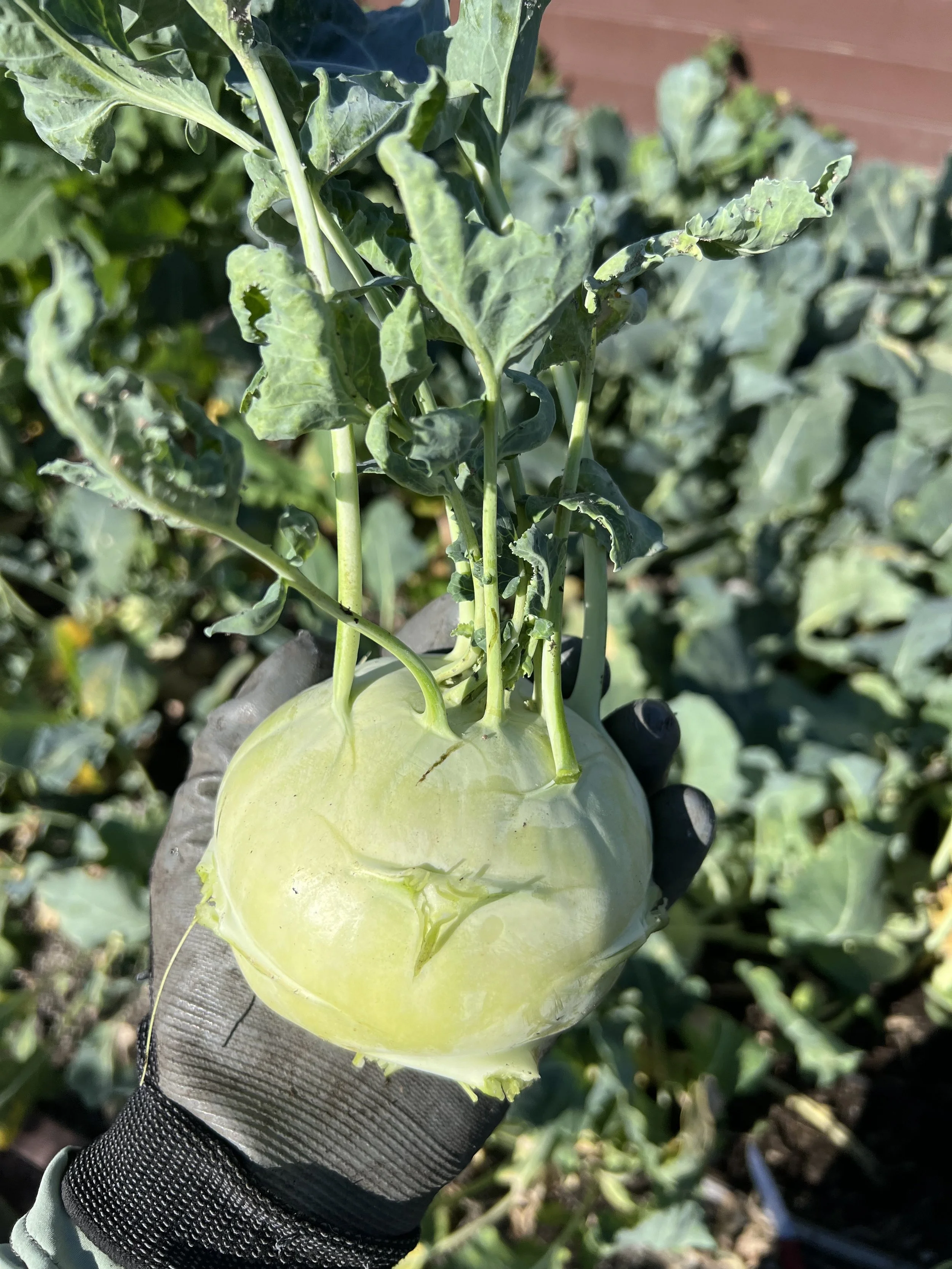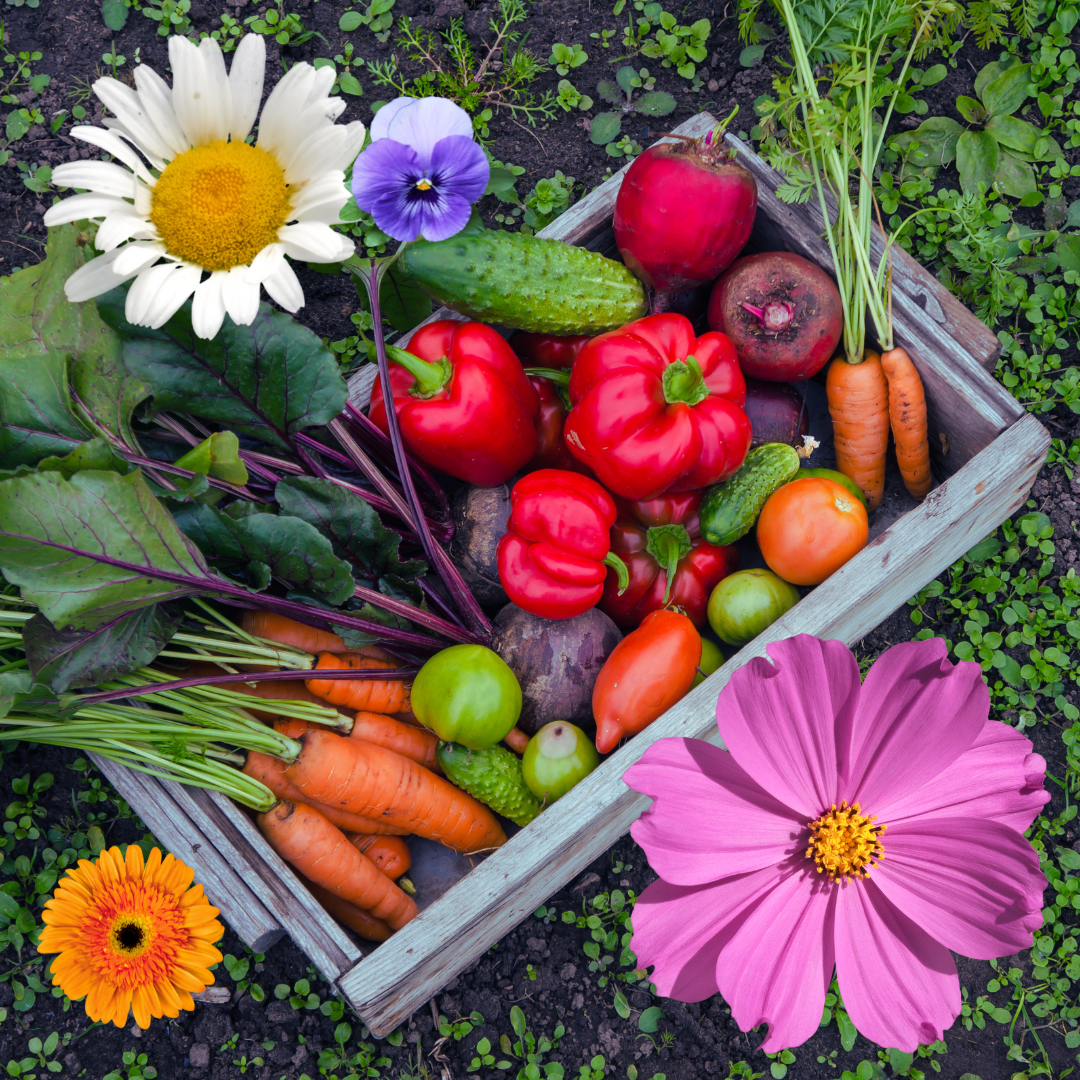
Slow-Release Fertilizer Guide: Why Osmocote Plus and Calcium Sources Transform Your Garden
Choosing the right fertilizer can transform your garden results. This comprehensive guide explains why Osmocote Plus slow-release fertilizer combined with proper calcium management (lime for acidic soils, gypsum for alkaline) delivers superior results based on horticultural science. Learn exactly how these products work, when to use each type, and the precise application rates for maximum plant health with minimum environmental impact.

How to Use Peat Moss for Seed Starting
I see many people asking this question online and I want to answer them all but I can’t so I thought I should at least post it on here for people to come and find it.
You can definitely use peat moss for seed starting if you do a couple of things.

Starting Seeds the Right Way: A Guide to Using Peat Moss, Pumice (or Perlite), and a Natural Fertilizer Blend
Starting seeds can be both exciting and daunting, but with the right soil blend and a brief waiting period, you can significantly improve germination rates. By combining equal parts peat moss and pumice (or perlite) with a balanced mix of neem seed meal and alfalfa meal, you’ll create a nurturing environment that ensures excellent drainage, beneficial microbes, and minimal germination inhibitors—key factors for healthy, thriving seedlings.

Growing Perennials in Fabric Pots: Why They’re a Better Choice Than Plastic
Growing perennial fruit trees and shrubs in fabric pots offers superior aeration, efficient root pruning, and improved drainage—crucial for maintaining healthier, longer-lived plants. By using a low-organic or mostly inert potting mix, you can further reduce the risk of root rot while still achieving robust growth and fruitful harvests.

Using Science to Calculate and Apply Nitrogen for Better Yields in Your Home Garden
Providing the right amount of nitrogen at the right time can make all the difference in your garden’s success. By learning how to calculate total nitrogen needs—based on university-recommended rates—and applying it in small, consistent doses, you’ll ensure your vegetables receive a steady supply without wasting valuable nutrients. In this guide, we walk you through a simple formula for calculating fertilizer rates for a 30-square-foot bed of carrots, then show you how to adapt the same science-based approach for other crops.

Growing Majesty Palms in 100% Pumice: A Game-Changer for Healthy, Thriving Palms
Growing majesty palms in 100% pumice offers superior drainage, stable structure, and fewer pest problems than traditional compost or bark mixes. By eliminating excess moisture and promoting healthy root development, this inorganic medium ensures your palm thrives with lush, vibrant fronds—perfect for bringing a touch of the tropics to your home or garden.

20 Bulbs to Plant This Winter for a Stunning Spring Display
Winter can feel quiet and cold, but it’s actually the perfect time to plant bulbs for a spectacular spring show. From iconic blooms like tulips and daffodils to striking varieties such as fritillaria and alliums, you can easily fill your garden with a rainbow of colors and fragrances. Prepare the soil, tuck your bulbs in at the right depth, and consider drip irrigation to keep them hydrated—then wait to enjoy a brilliant spring display.

From Kitchen to Garden: Growing Potatoes from Store-Bought Spuds
Have you ever wondered how to turn those leftover grocery-store spuds into a thriving potato patch? In this guide, you’ll learn how to select the right potatoes, prepare them for planting, and care for your growing plants—all leading to a bountiful harvest of homegrown tubers.

Understanding the Essential Elements for Plant Growth
From nitrogen and phosphorus to iron and boron, plants rely on a spectrum of nutrients for everything from leaf growth to flowering and fruit production. Understanding how these elements work—and spotting the signs of deficiency—can help any gardener create a thriving, productive garden. By ensuring proper soil conditions, balanced fertilizers, and mindful watering practices, you’ll provide your plants with the nutrients they need to flourish.

Growing Fruit Trees as a Home Renter: A Guide to Using Fabric Pots and Weed Mat
Ever dream of harvesting fresh fruit right outside your rental home? In this post, learn how fabric pots and weed mats make container-grown fruit trees a reality—even if you move. Discover the best dwarf varieties, essential care tips, and how to keep your mini orchard thriving (and portable!) for every new address.

Boost Soil Health and Retain Moisture with Biochar and Humic Acids
If you’re looking for a natural way to enrich your garden soil, biochar and humic acids may be the perfect combination. By improving water and nutrient retention, these powerful amendments help reduce fertilizer needs, encourage beneficial microbes, and create a more resilient growing environment. Explore how integrating biochar and humic acids can transform your soil—and your plants’ health.

The Growing Trend of Deep Compost Mulch: Innovative Farming Method or Risky Gamble?
Deep Compost Mulch (DCM) is making waves in the world of regenerative farming. This innovative method involves layering 4-6 inches of compost over the native soil, creating a nutrient-rich barrier that suppresses weeds and enhances soil health without the need for tilling. While many farmers swear by its benefits, from improved soil structure to increased biodiversity, the scientific community has yet to fully validate its long-term effectiveness. For those willing to experiment, using composts with higher carbon to nitrogen ratios and avoiding animal-based manures can help mitigate potential risks and harness the promise of this exciting technique.

The 5 Most Important Principles of Scientific Gardening
Scientific gardening is all about using evidence to support your decisions as growers. As you might already feel, you want to ensure that your soil remains in good health for as long as you’re going to be growing it. This means you want it to have plenty of nutrients, microbial life, and have great structure. There are 5 principles that are going to help you achieve this for your soil.

Minimal Effort for Maximum Results
I'm all about using fewer resources while achieving better results. I used to rely heavily on compost and manure for their nutrient value, but now I only use a small amount of mineral fertilizers. Surprisingly, I'm seeing better results than ever before, all while using less—albeit more concentrated—resources.

How I Became a Better Gardener
I became a better gardener by using scientifically sound principles and techniques. By combining organic and conventional growing methods, my garden yields skyrocketed, the flavor improved and the nutrition became excellent.